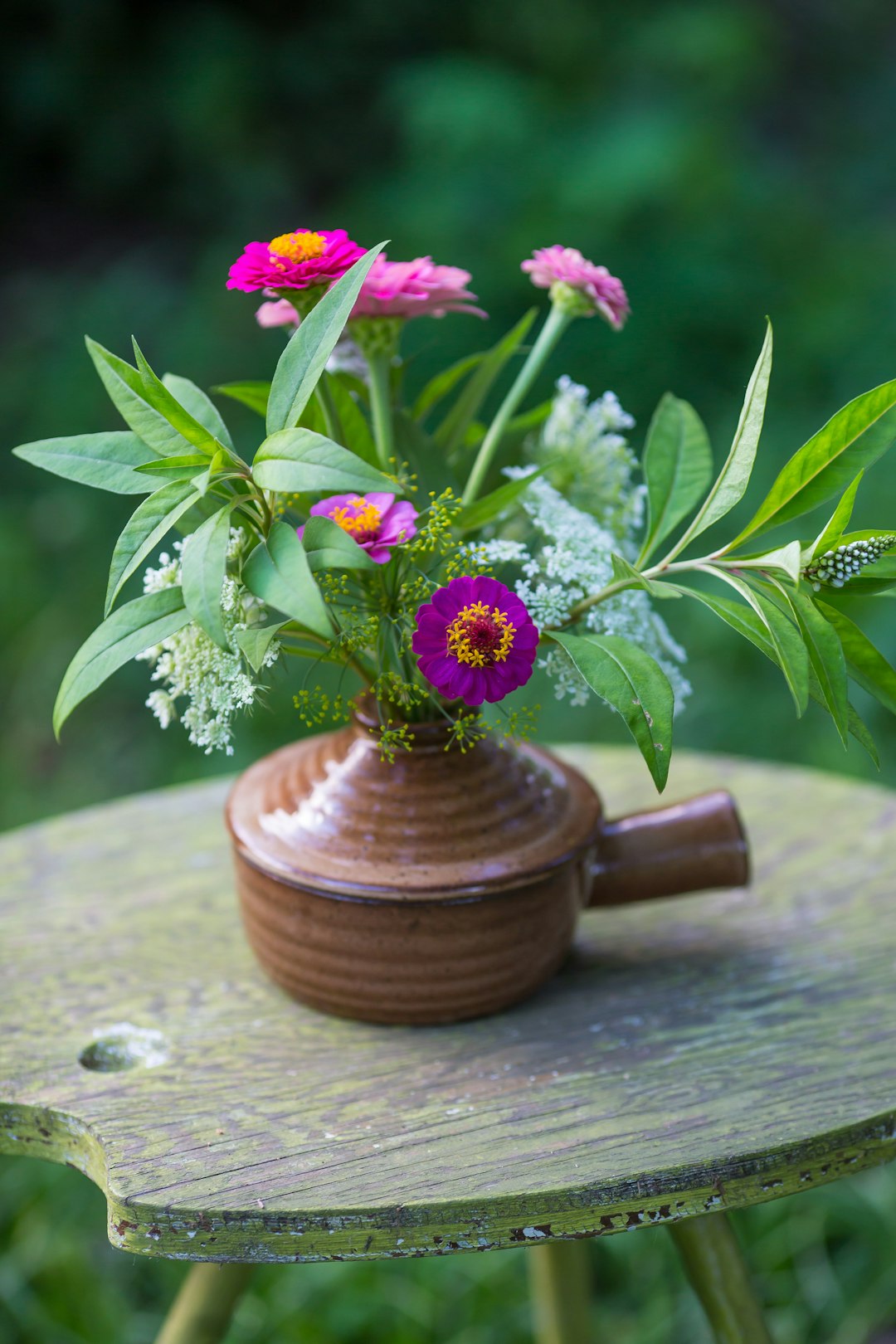Green Secrets: Using Dehumidifier Water for Your Garden

When it comes to caring for your yard, every little bit of knowledge can make a significant difference. One often - overlooked resource in gardening is the water collected from your dehumidifier. However, using this water safely on your plants requires some expert know - how to avoid introducing unwanted contaminants.
First, it's essential to understand what dehumidifier water is. Dehumidifiers work by removing moisture from the air. The water they collect is essentially condensed humidity. In most cases, this water is relatively clean, but it can pick up particles and chemicals from the air in your home. For example, if you use cleaning products with strong chemicals or if there is a lot of dust in the air, these substances can end up in the dehumidifier water.
Before using dehumidifier water on your plants, it's a good idea to test it. You can do a simple visual inspection. Look for any signs of discoloration, cloudiness, or floating particles. If the water looks murky or has an unusual odor, it's best not to use it directly on your plants. A more in - depth test can involve using a water testing kit, which can detect the presence of common contaminants such as heavy metals and chemicals.
To ensure the safety of your plants, you can take steps to purify the dehumidifier water. One of the simplest methods is to let the water sit in an open container for a few days. This allows any volatile chemicals to evaporate. You can also use a basic water filtration system. A charcoal filter, for example, can help remove some of the impurities and improve the water quality.
Another important consideration is the type of plants you have. Some plants are more sensitive to contaminants than others. For instance, delicate houseplants may be more easily affected by chemicals in the water compared to hardy outdoor plants. If you're unsure about your plants' tolerance, start by using the dehumidifier water on a small area or a few test plants. Observe how they respond over a few days or weeks.
When applying the dehumidifier water to your plants, it's crucial to do it correctly. Avoid pouring the water directly on the leaves, especially if you're not entirely sure of its purity. Instead, water the soil around the base of the plant. This way, the roots can absorb the water, and the plant can filter out any remaining impurities through its natural processes.
It's also important to note that dehumidifier water may not be a complete replacement for regular watering. While it can be a useful supplement, plants still need a balanced supply of nutrients and minerals, which may not be present in dehumidifier water. Therefore, continue to use regular water from a reliable source, such as a municipal water supply or well water, in conjunction with the dehumidifier water.
In addition to using dehumidifier water safely, there are other aspects of yard care that go hand - in - hand with gardening. Regularly inspect your plants for signs of pests and diseases. Pruning is another important task that helps maintain the health and shape of your plants. Fertilizing at the right time and with the appropriate type of fertilizer can also significantly enhance plant growth.
Overall, using dehumidifier water on your plants can be a great way to recycle and make the most of available resources in your home. By following these expert tips, you can ensure that your plants receive the water they need without being exposed to harmful contaminants. Remember, a well - cared - for yard not only looks beautiful but also provides a healthy environment for you and your family.
So, the next time you empty your dehumidifier, don't just pour the water down the drain. Instead, put it to good use in your garden, and watch your plants thrive.